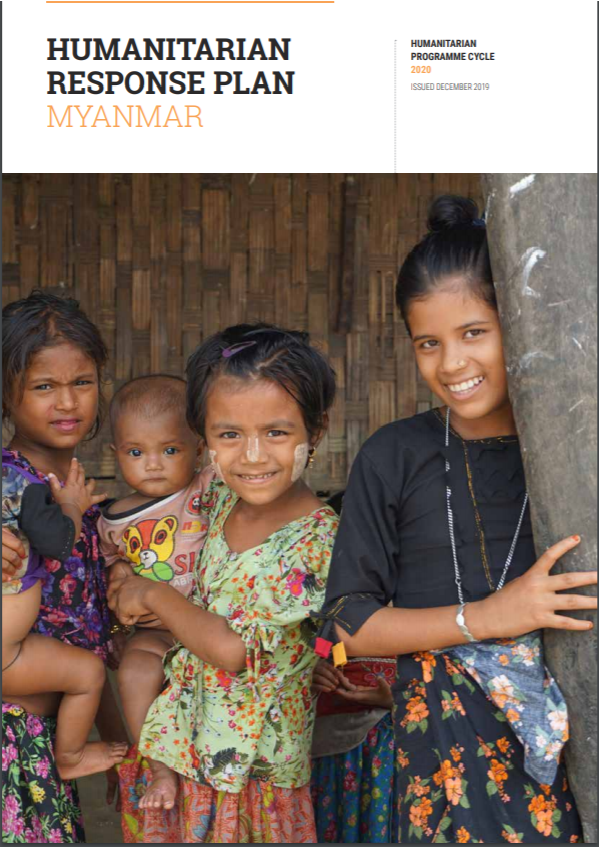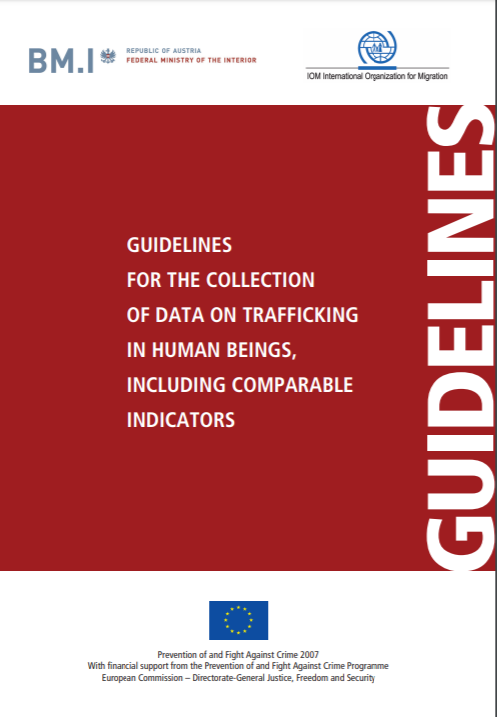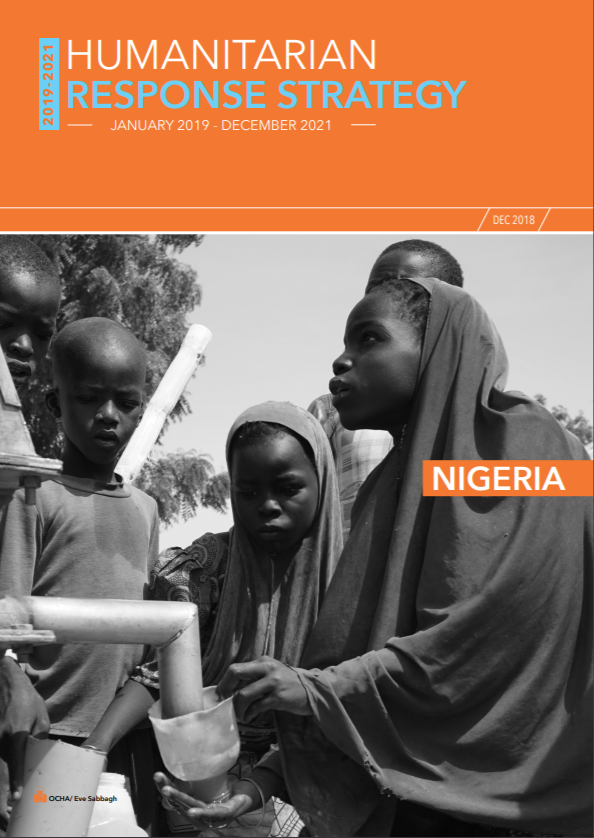IOM Guidance Referral Mechanisms for the Protection and Assistance of Migrants Vulnerable to Violence, Exploitation and Abuse and Victims of Trafficking

Practical guidance contained in this publication provide information on how to develop and implement referral mechanisms for the protection and assistance of migrants vulnerable to violence, exploitation and abuse. The objective is to strengthen operational responses and thereby improve protection and assistance at the local, national and transnational levels. The publication should be considered as complementing the IOM Handbook on Protection and Assistance for Migrants Vulnerable to Violence, Exploitation and Abuse.
Country
Worldwide
Region
Worldwide
Year
2019
Topics








